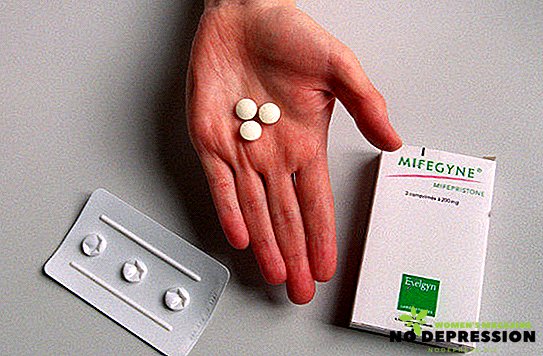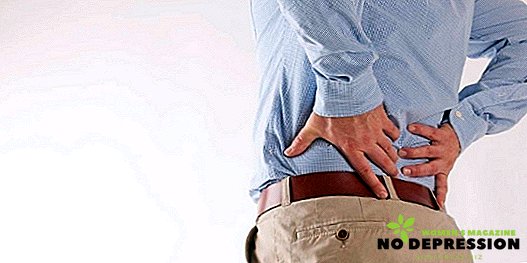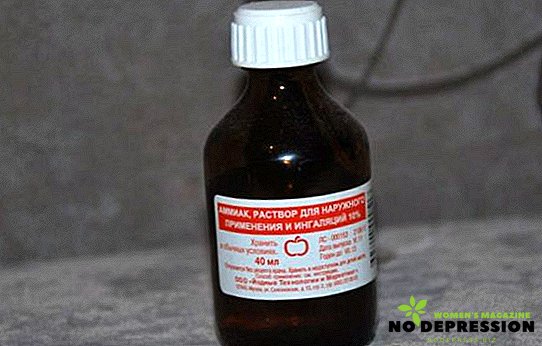Intercostal neuralgia is a pain syndrome that occurs during inflammation or pinching of the intercostal nerves. The second name for this disease is thorakalgia. This disease is often confused with a variety of heart diseases, because they have similar symptoms. In our material we will tell about the main signs of intercostal neuralgia and treatment of the disease.
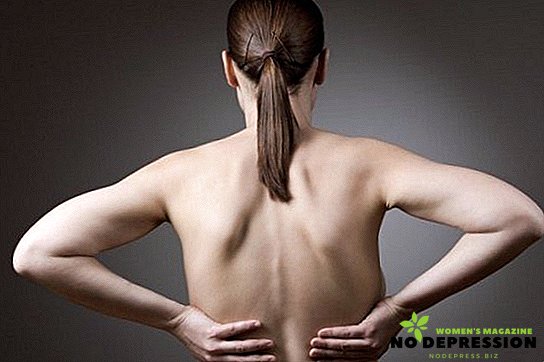
Main reasons
What are the main causes of intercostal neuralgia? The main thing is nerve irritation with inflammatory processes in the spine. Usually this pathology occurs against the background of other diseases.
There are the following reasons that can cause the appearance of intercostal neuralgia:
- severe hypothermia;
- back injuries;
- spinal disorders, such as hernia or scoliosis;
- internal or external intoxication (as a result of drug poisoning or illness of internal organs);
- past infections;
- tumors;
- reduced immunity;
- severe allergies.
Most often, the main problem is osteochondrosis, which causes the destruction of cartilage tissue, as a result of which the nerves are squeezed, which leads to the appearance of pain.
Characteristic symptoms
This disease makes itself felt by a number of symptoms, and they can be both selective and complex - it all depends on the characteristics of the body, immunity.
The main symptom is the appearance of pain in the intercostal space, and it can be localized on both the right and left side.

The intensity of the pain also varies: it can be harsh, very sharp, medium intensity.
Moreover, pain syndrome increases with coughing, sneezing, even simple breathing can provoke an attack.
As a result, a person, in order not to feel pain, has to take a forced position: to lean in the direction that hurts. When coughing or sneezing, laughing, many press their palm to the affected part for the same purpose.
Also, this disease may be characterized by other symptoms:
- muscle tension;
- convulsions;
- sweating;
- goose bumps;
- trouble sleeping
Symptoms may worsen after exercise.
This disease is often confused with heart disease.
In order to correctly diagnose and identify the main cause, you just need to measure the pulse and pressure - with intercostal neuralgia, these figures will be normal.
In addition, with heart disease, a change in position will not affect the pain syndrome.
Other diseases with similar symptoms include:
- angina pectoris;
- lung disease;
- myocardial infarction.
And it is very important at the early stages to distinguish intercostal neuralgia from other diseases that, if not properly treated, can lead to death.
Diagnosis and treatment of the disease
In order for the treatment to be effective, it is necessary not only to diagnose the symptoms, but also to determine the root cause.
An important step in the treatment is the diagnosis of clinical signs. First, the doctor must eliminate the pathology of the heart
To do this, doctors prescribe X-rays, ECG, ultrasound of the abdominal organs. After the final diagnosis is made, treatment is started.
The essence of the treatment of this disease:
- Removal of pain syndrome with the use of drugs.
- Elimination of inflammation or pinching of the nerve.
- Elimination of the primary disease that caused neuralgia.
 The general scheme of treatment includes:
The general scheme of treatment includes:
- Drug treatment, which use analgesics, vitamins, anti-inflammatory drugs.
- The use of a corset to limit mobility.
- Physiotherapy and manual therapy.
- Massage.
If the cause of the disease is the infringement of the nerve roots, then only the treatment of a pathology (for example, osteochondrosis or a hernia) can help in solving the problem. At home, you can additionally use special ointments that have analgesic and anti-inflammatory effects.
Also, do not forget about exercise therapy and massage: they will help improve metabolic processes, blood flow, relax muscles, normalize the work of nerves.
The effect can be fixed by means of manual therapy, as a result of which the doctor acts directly on the vertebrae: they return to their original position, freeing the pinched nerves.
What popular methods will help to cope with the disease
If for any reason you do not have the opportunity to seek help from a doctor, you should use proven methods of traditional medicine at home. There are the following most effective methods for intercostal neuralgia:
- Rubbing the affected part with valerian tincture. Substances included in its composition, act in the same way as industrial ointments. The main thing is not to apply such compresses on the basis of tinctures at night, otherwise skin burns can occur.
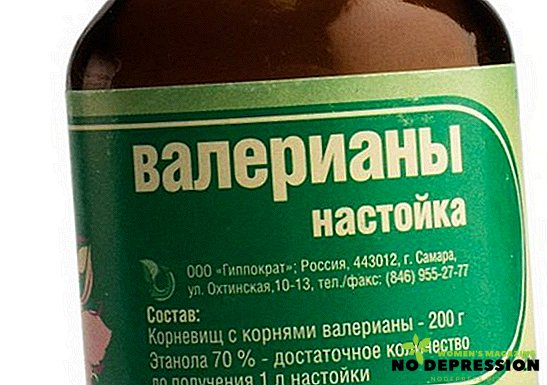
- Warming up It should not be direct - that is, it is impossible to attach a heating pad to the affected area, you must first wrap it in a towel, but rather in a wool scarf. If we forget about this moment, the pain will first go away, but will return very quickly, and it will be stronger.
- Mint decoction for ingestion: boil 200 ml of water, add 1 tablespoon of dry herb, leave to infuse for a couple of hours. Take 100 ml twice a day.
- Pain can be reduced if you use radish juice or horseradish - just rub the liquid in the affected areas.
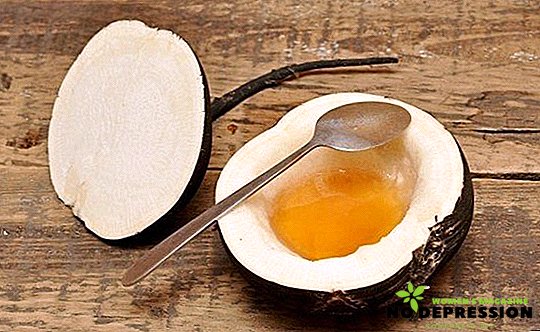
- Take 4 tablespoons of dry sage, pour 200 ml of boiling water. Leave to infuse for an hour, then strain and make a medicinal bath of tincture (the water temperature should be no more than +37 degrees). Also there you need to add sea salt. Take these baths daily for 20 minutes before bedtime during the week.
However, remember that all such methods can only help for a short time - you cannot do without consulting a specialist, because only a doctor, after examining complaints and symptoms, can prescribe suitable drugs for treatment.
Basic Prevention Tips
Any disease is easier to prevent than to cure. There are several simple methods and tips that will help you minimize the risk of intercostal neuralgia.
These include:
- You must not forget about the diet and sleep.
- It is necessary to avoid hypothermia and always dress "according to the weather."
- Avoid injury to the chest or spine.
- Timely treat diseases of the musculoskeletal system.
Also it is worth remembering about the importance of physical education: daily distract yourself from work for 10-15 minutes, watch your posture. If there are symptoms of any internal disease, including non-infectious nature, you should immediately consult a doctor, this will avoid complications.




